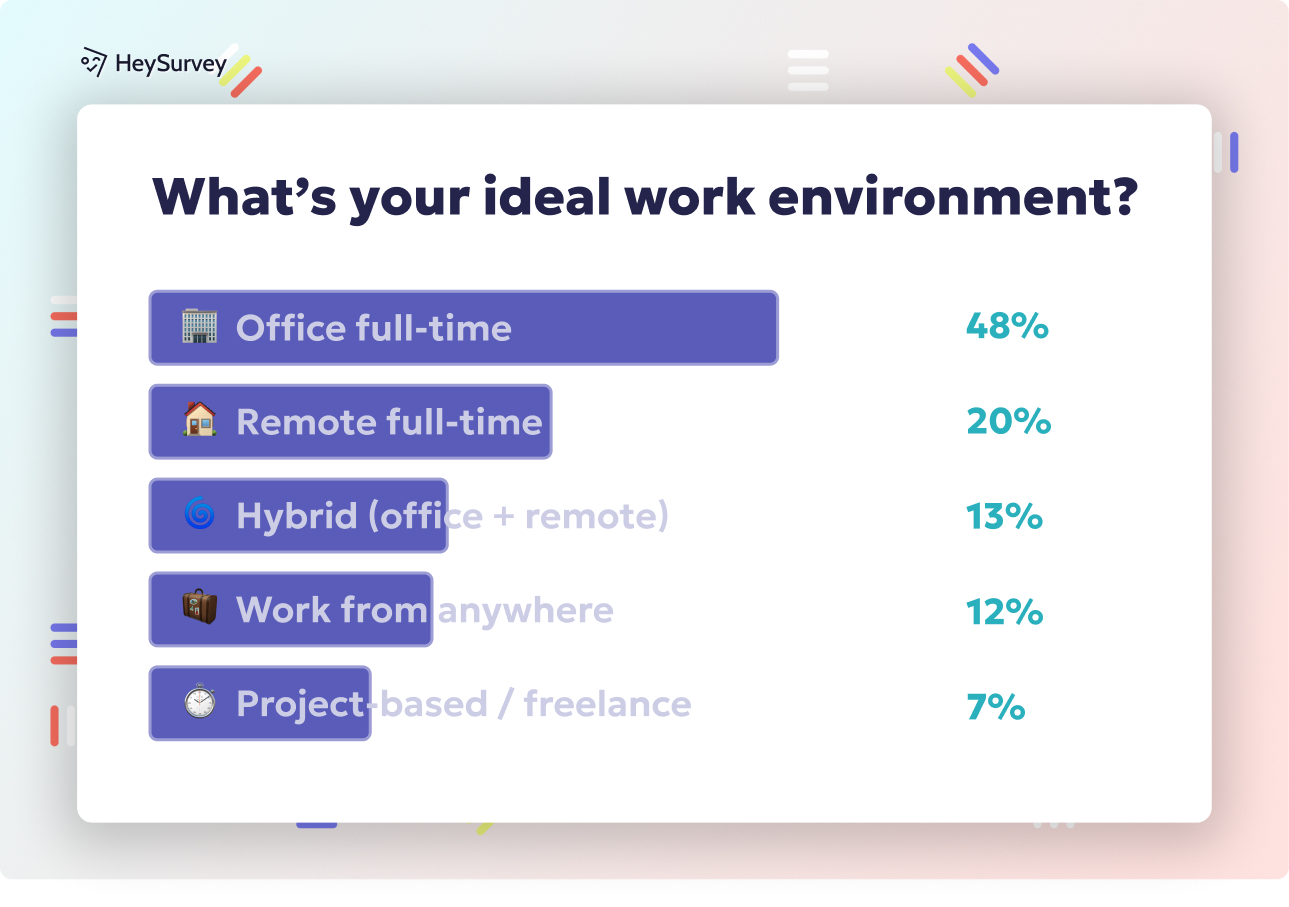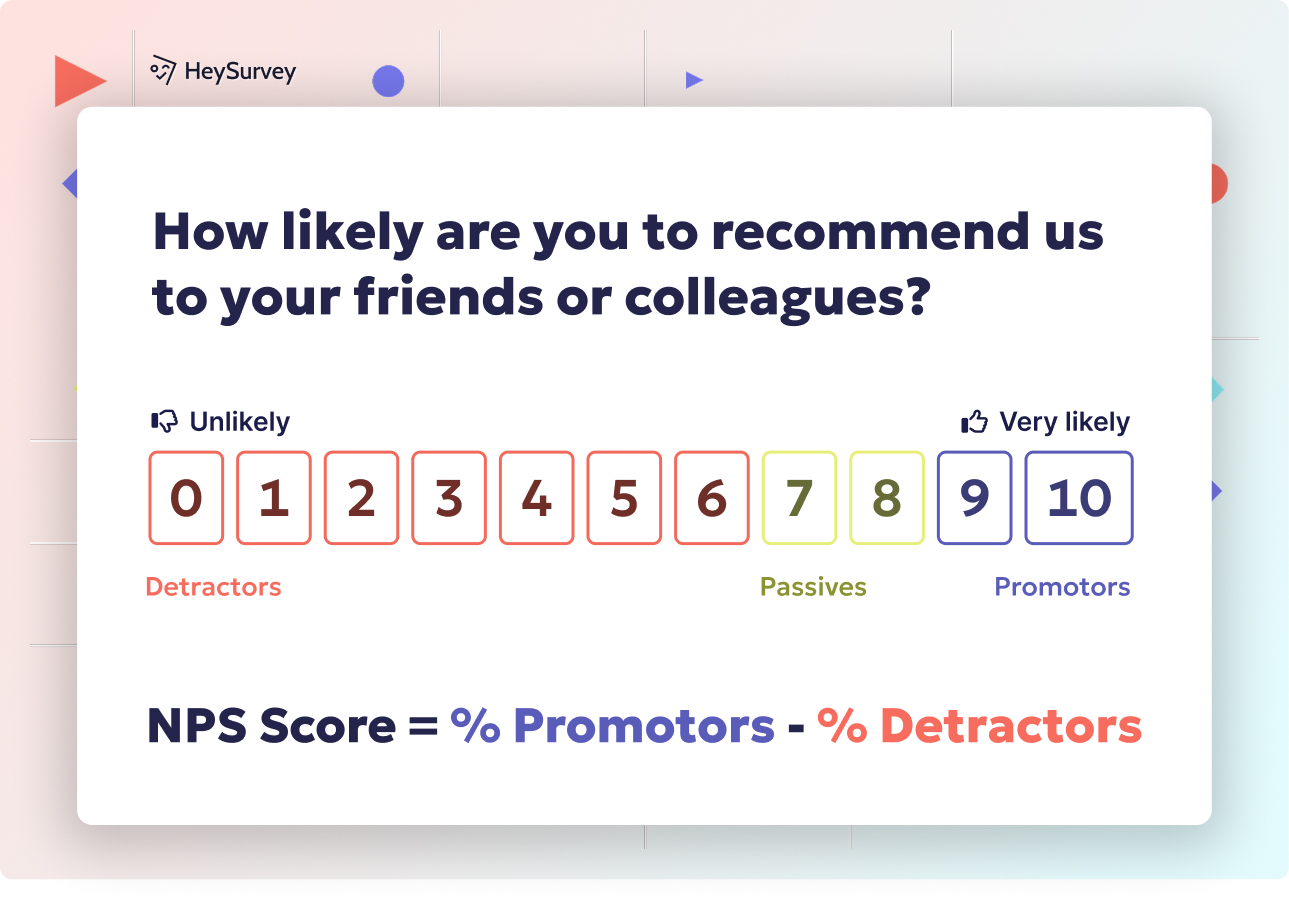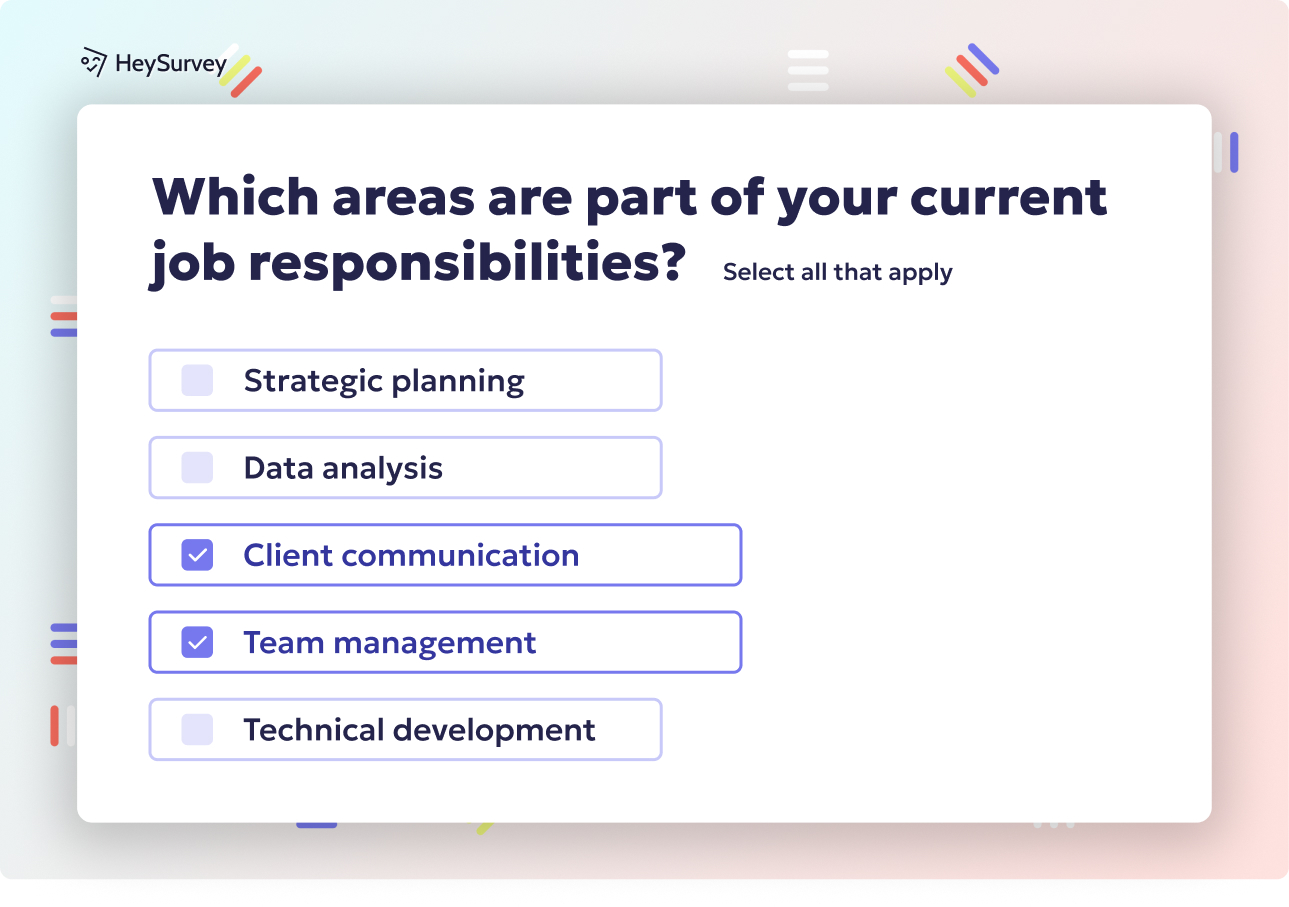27 Tips to Tackle Nonresponse vs Voluntary Response Bias
Explore nonresponse vs voluntary response bias with 30 sample survey questions to improve survey data quality and reduce survey bias effectively.
Nonresponse vs. Voluntary Response—How to Design Surveys That Sidestep Bias
Surveys are like treasure maps guiding businesses to customer insights. But what if the map's directions are off? Enter nonresponse bias and voluntary response bias—two sneaky culprits that can lead your data astray. Let's unravel these biases and discover survey strategies to keep your data on course.
Nonresponse Bias: The Silent Data Distortion
Imagine sending out a survey and getting only a handful of replies. This is where nonresponse bias sneaks in. It's like trying to understand a city's vibe by only talking to people at a coffee shop—you're missing the full picture.
When Does Nonresponse Bias Strike?
- Email Polls: Low open rates? Nonresponse bias might be the culprit.
- Customer Satisfaction Forms: If only a few customers respond, your data could be skewed.
- Academic Research: Missing responses can lead to gaps in understanding.
Survey Types to Combat Nonresponse Bias
- Nonresponse Follow-Up Survey: Reaching out to those who didn't respond initially.
- Mixed-Mode Survey: Using various methods to gather data.
- Incentivized Survey: Offering rewards to boost participation.
Voluntary recruitment in adolescent health surveys can lead to significant nonresponse bias, resulting in underestimation of health risk behaviors compared to mandatory recruitment methods. (link.springer.com)
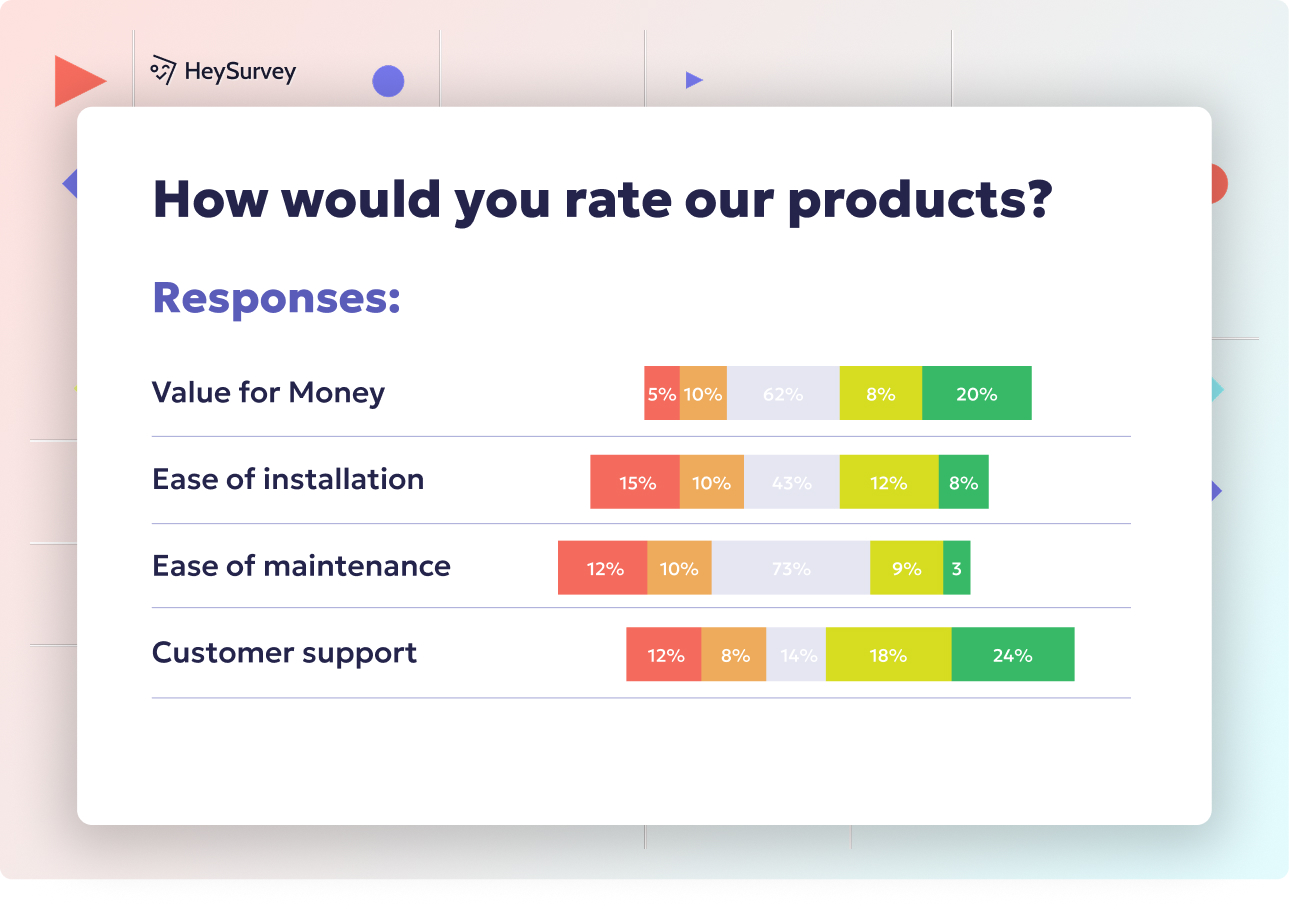
Creating a survey with HeySurvey is refreshingly simple, even if you’re new to it. Here’s a quick 3-step guide to get you started, plus some bonus tips to make your survey shine:
Step 1: Create a New Survey
Head over to HeySurvey and hit “Create Survey” to start fresh or pick a handy template tailored for your survey type. Templates give you a structured head start, so you don’t have to build everything from scratch. Give your survey a snappy internal name so you can find it later.
Step 2: Add Your Questions
Next, click “Add Question” and pick the type that matches your needs—text, multiple choice, scale, and more. Type your question, tweak settings (like making a question required), and even add images if you want to make it pop. Don’t forget you can reorder questions or duplicate them to speed things up.
Step 3: Publish Your Survey
Ready? Preview how your survey looks across devices, then click “Publish” to make it live. You’ll get a shareable link to send out or embed where you like. Keep in mind you’ll need to register or log in to publish and see the results.
Bonus Step 1: Apply Your Branding
Make the survey truly yours by adding your logo and customizing colors and fonts in the Designer Sidebar. A branded survey feels familiar and professional to respondents.
Bonus Step 2: Define Survey Settings
Set start and end dates to control when your survey is available, limit how many responses you accept, or add a redirect URL after completion to guide respondents somewhere special.
Bonus Step 3: Optimize with Branching
Not all questions apply to everyone—use branching to skip irrelevant questions based on answers. It’s like a choose-your-own-adventure book but for surveys, making the experience smoother for each participant.
Once you feel ready, hit the button below to explore your template and start designing your survey with HeySurvey!
Voluntary Response Bias: The Self-Selection Trap
Now, picture a survey where only those with strong opinions chime in. This is voluntary response bias—when the loudest voices dominate, and the quiet ones are left unheard.
When Does Voluntary Response Bias Appear?
- Open Calls: Anyone can join, but only some do.
- Social Media Polls: Followers with strong opinions are more likely to participate.
- Event Feedback: Attendees who had a great or terrible time are more motivated to respond.
Survey Types to Mitigate Voluntary Response Bias
- Voluntary Response Survey: Gathering insights from those who choose to participate.
- Mixed-Mode Survey: Reaching a broader audience through multiple channels.
- Panel Retention Survey: Engaging a consistent group over time.
Voluntary recruitment in adolescent health surveys can lead to significant underestimation of health risk behaviors, with self-reported alcohol consumption being up to four times lower compared to mandatory recruitment methods. (link.springer.com)
Survey Type 1: Nonresponse Follow-Up Survey
What Is It?
A nonresponse follow-up survey is like sending a friendly reminder to those who missed the first round. It's your second chance to gather insights.
When to Use It?
- Low Completion Rates: When initial responses are sparse.
- Mandatory Compliance Studies: Ensuring all voices are heard.
- Longitudinal Tracking: Keeping tabs over time.
- Critical Decision Deadlines: Needing timely data.
- Post-Purchase Feedback Gaps: Understanding customer experiences.
Sample Questions:
- "We’d value your input—what prevented you from completing our previous survey?"
- "How satisfied are you with our product on a 1–10 scale?"
- "Please rate the relevance of the questions you saw earlier."
- "Would an incentive motivate you to finish future surveys? Yes/No."
- "Which contact method would you prefer for future feedback?"
Survey Type 2: Voluntary Response Survey
What Is It?
A voluntary response survey is an open invitation for feedback, where participants choose to share their thoughts.
When to Use It?
- Quick Sentiment Snapshots: Gauging public opinion swiftly.
- Brand Advocacy Campaigns: Engaging loyal customers.
- Early Product Beta Feedback: Testing waters with enthusiasts.
- Social Media Polls: Leveraging your online community.
- Event Reactions: Capturing attendee impressions.
Sample Questions:
- "What motivated you to share your opinion with us today?"
- "How likely are you to recommend our webinar to a colleague?"
- "Which feature of our app do you use most?"
- "Describe one improvement you’d love to see."
- "Where did you first hear about this survey?"
Voluntary recruitment in adolescent health surveys can lead to significant underestimation of health risk behaviors, with self-reported alcohol consumption being up to four times lower compared to mandatory recruitment methods. (bmcpublichealth.biomedcentral.com)
Survey Type 3: Mixed-Mode Survey
What Is It?
A mixed-mode survey combines various methods—online, phone, mail, SMS—to reach a diverse audience.
When to Use It?
- Diverse Audiences: Reaching different demographics.
- Unreachable Segments: Engaging hard-to-reach groups.
- Accessibility Requirements: Ensuring inclusivity.
- Government or Healthcare Studies: Gathering comprehensive data.
- Global Roll-Outs: Collecting data across regions.
Sample Questions:
- "On which device did you complete this survey? Phone/Desktop/Tablet."
- "Rate your overall satisfaction with our customer support."
- "How convenient was the survey format you received?"
- "Would you prefer future communication via SMS, email, or phone?"
- "Any barriers that almost stopped you from responding?"
Survey Type 4: Incentivized Survey
What Is It?
An incentivized survey offers rewards to encourage participation.
When to Use It?
- High Dropout Risk: Keeping participants engaged.
- Time-Intensive Questionnaires: Compensating for time.
- Market Research Panels: Gathering detailed insights.
- B2B Decision-Maker Studies: Engaging busy professionals.
- Product Testing: Encouraging honest feedback.
Sample Questions:
- "Which reward would most motivate you to participate? Gift card/Discount/Donation."
- "How much time are you willing to spend on this survey?"
- "Rate your interest in beta-testing new features."
- "What is your primary reason for accepting incentives?"
- "Please confirm your preferred delivery method for incentives."
Survey Type 5: Panel Retention Survey
What Is It?
A panel retention survey re-engages an existing group of respondents over time.
When to Use It?
- Longitudinal Studies: Tracking changes over time.
- Brand Communities: Building a loyal base.
- Loyalty Programs: Understanding member experiences.
- Quarterly NPS Tracking: Measuring customer satisfaction regularly.
- Product Roadmap Validation: Gathering ongoing feedback.
Sample Questions:
- "How many surveys per month feel acceptable to you?"
- "Which topics keep you most engaged?"
- "Rate the clarity of our previous surveys."
- "Have your contact details changed since last time?"
- "What would improve your panel experience?"
Survey Type 6: Randomized Response Survey
What Is It?
A randomized response survey uses a privacy-protecting method to reduce social-desirability bias.
When to Use It?
- Sensitive Topics: Addressing health, finance, or illicit behavior.
- Academic Research: Ensuring honest responses.
- HR Compliance Audits: Gathering truthful data.
- Customer Trust Studies: Building confidence.
- Governmental Polling: Ensuring data integrity.
Sample Questions:
- "Did you roll an even number on the die? If yes, please answer ‘A’; if no, answer the following..."
- "On your private coin flip, if heads, select option 1; if tails, answer truthfully—have you missed a payment in the last 12 months?"
- "Choose the color you drew from the bag, then indicate whether you have ever pirated software."
- "Based on the random number you generated, select statement A, B, or C."
- "Following the instructions, indicate if you have ever lied on a tax return."
Choosing the Right Survey Strategy for Your Research Goals
Selecting the perfect survey method is like choosing the right tool for a job. Here's a quick guide:
- Nonresponse Follow-Up Survey: Ideal for boosting response rates in mandatory studies.
- Voluntary Response Survey: Great for capturing spontaneous feedback.
- Mixed-Mode Survey: Best for reaching a broad, diverse audience.
- Incentivized Survey: Useful when you need detailed insights and can offer rewards.
- Panel Retention Survey: Perfect for ongoing studies with the same group.
- Randomized Response Survey: Essential for sensitive topics requiring honest answers.
Best Practices: Dos and Don’ts to Minimize Nonresponse & Voluntary Response Bias
Do:
- Keep Surveys Concise: Respect your respondents' time.
- Personalize Invites: Make participants feel valued.
- Test Incentives: Find what motivates your audience.
- Diversify Channels: Reach people where they are.
- Monitor Drop-Off Points: Identify where participants lose interest.
Don’t:
- Ignore Reminder Timing: Don't bombard or neglect your audience.
- Overload with Open-Ended Questions: Balance is key.
- Rely on a Single Mode: Mix it up to reach more people.
- Forget Mobile Optimization: Ensure accessibility on all devices.
- Skip Bias Analysis: Always check for potential biases.
By understanding and addressing nonresponse bias and voluntary response bias, you can design surveys that yield accurate, actionable insights. Remember, the quality of your data shapes the quality of your decisions. Happy surveying!
Related Business Survey Surveys
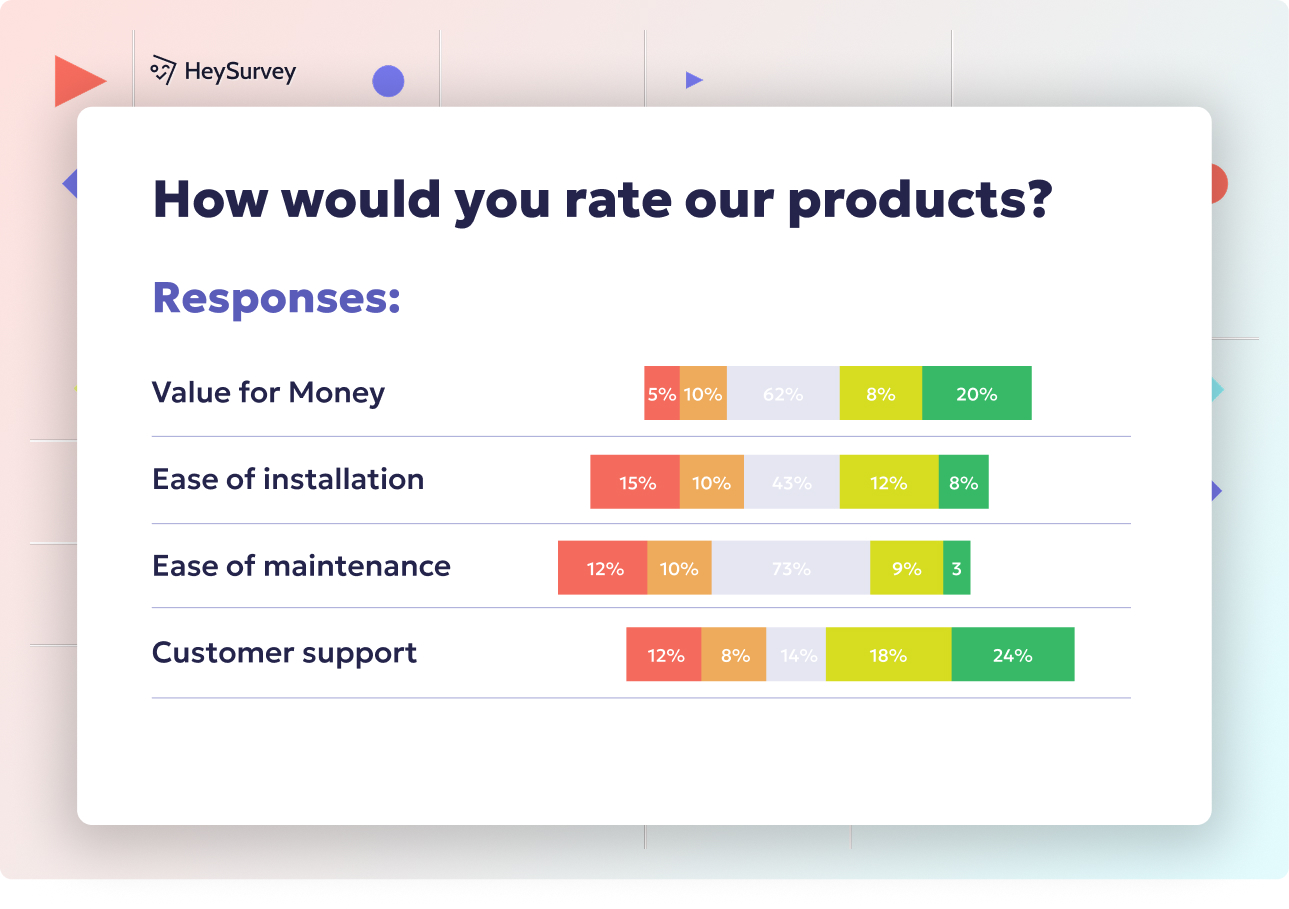
29 Essential SWOT Survey Questions for Strategic Insights
Discover 25+ expert SWOT survey questions designed to capture strengths, weaknesses, opportunitie...

25 Quality Assurance Survey Questions for Best Results
Elevate your approach with 25 sample "quality assurance survey questions" and best practices to s...
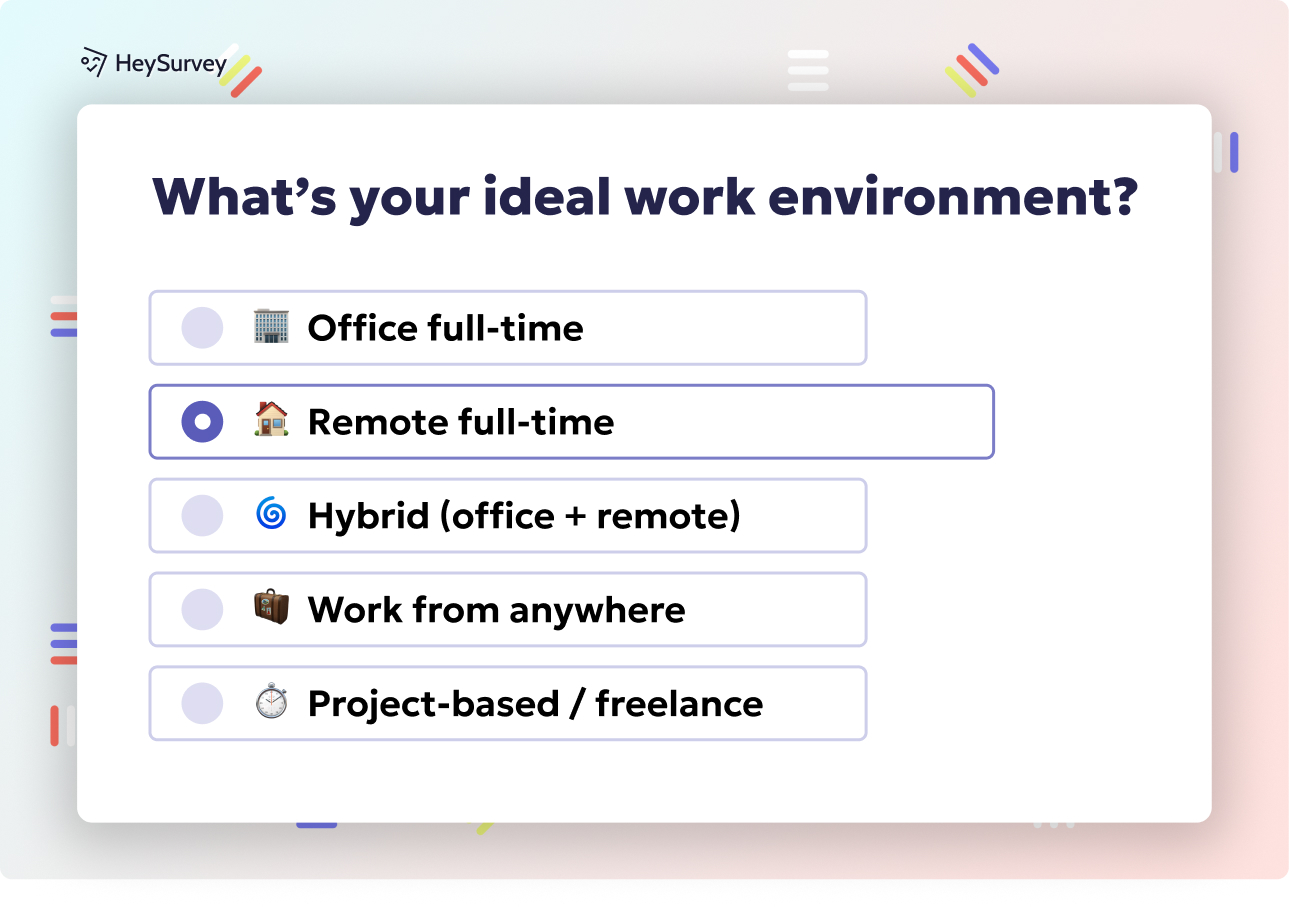
33 Sustainability Survey Questions: Types, Use Cases & Samples
Explore 8 types of sustainability survey questions with 25+ sample questions to uncover insights ...
